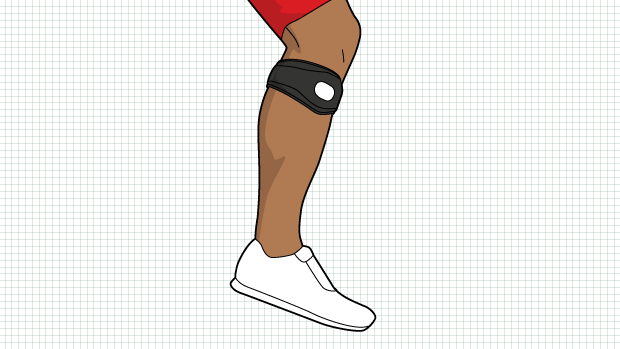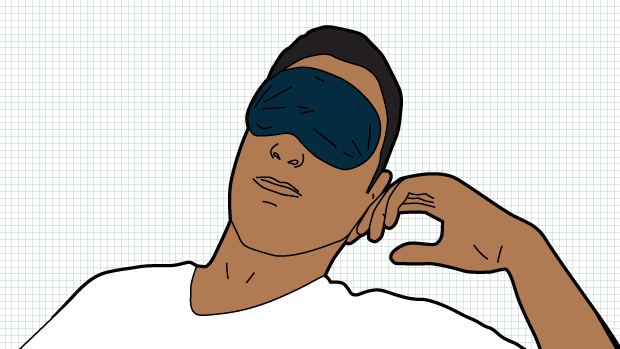
COOL DOWN
“A speed player’s heart rate can reach 200bpm. We want it back to normal levels quick to ease stress on the body,” says Brock Christopher, director of Performance at Michael Johnson Performance. “That means a jog and warm-down drills on the pitch.”

STRETCH IT OUT
Repetitive sprints contract muscle fibres; return them to normal length with post-match static stretching. “This should focus on the main football muscles: quads, calves, hamstring,” says Christopher.

KEEP IT TIGHT
“Speed players create much fatiguing lactic acid and other toxins, so follow a cool-down by wearing compression tights – they stimulate bloodflow and ease inflammation,” explains Christopher.
DRINK UP
The best features, fun and footballing quizzes, straight to your inbox every week.
“Speed players work more anaerobically than, say, box-to-box aerobic players,” says nutritionist Drew Price. “They burn more glucose, which can be replenished with an energy drink.”

FEAST
“Aim to get 300-400g of carbohydrates and 70g of protein onboard between the final whistle and sleep,” advises Price. “A protein shake, rice, chicken and stir-fry veg will provide this.”
PUMP THOSE TOXINS
“Contraptions like Firefly stimulate the muscles to pump out the toxins,” explains conditioning coach Mathew Monte-Colombo. “Many clubs have cryotherapy chambers, but ice is an adequate substitute.”

HIT THE SACK
Sleep is the most important recovery tool. Complete darkness, via an eye mask, helps as it regulates sleep-inducing hormone serotonin. “That’s why players should also leave the iPad out of the room. That flickering of light can hold back sleep,” says Colombo.

DE-STRESS
“Sprinters work at high intensities, which stresses the central nervous system,” says Christopher. “That’s why many gauge activity via Omegawave.” This recovery tool measures heart rate, quality of sleep and stress.
TAKE A DIP
Speed players need 48 hours to recover compared to endurance-based players, who need 24. “The day after the match, sprinters should hit the pool or bike and train at 60 per cent of their top heart rate,” says Colombo. “This flushes out more toxins.”

GET MATCH-READY
The second recovery day sees a return to the pitch – but only at an easy level. “It should involve longer strides to send bloodflow back to the muscles,” says Christopher. “If all that works, the next day they’ll be match-ready.”

For more recovery tips see:
Shane Long's rules to recovery
Micah Richards: Recharge your batteries for the next game
Post match recovery starts here...
